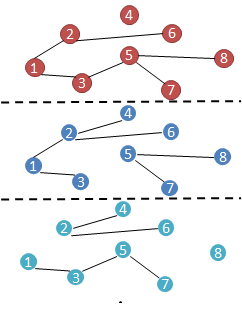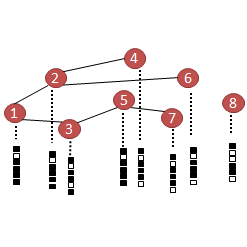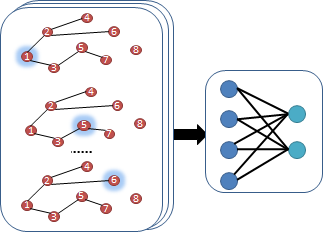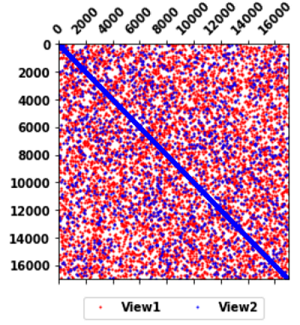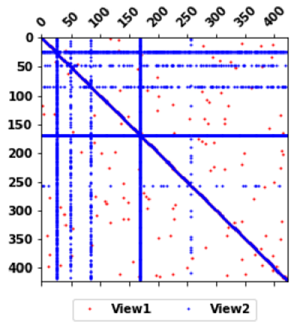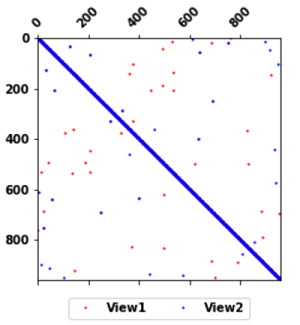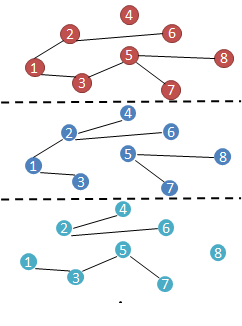With the rapid expansion of mobile phone networks in developing countries, large-scale graph machine learning has gained sudden relevance in the study of global poverty. Recent applications range from humanitarian response and poverty estimation to urban planning and epidemic containment. Yet the vast majority of computational tools and algorithms used in these applications do not account for the multi-view nature of social networks: people are related in myriad ways, but most graph learning models treat relations as binary. In this paper, we develop a graph-based convolutional network for learning on multi-view networks. We show that this method outperforms state-of-the-art semi-supervised learning algorithms on three different prediction tasks using mobile phone datasets from three different developing countries. We also show that, while designed specifically for use in poverty research, the algorithm also outperforms existing benchmarks on a broader set of learning tasks on multi-view networks, including node labelling in citation networks.
翻译:随着发展中国家移动电话网络的迅速扩展,大型图表机器学习在全球贫困研究中突然变得相关。最近的应用范围从人道主义反应和贫穷估计到城市规划和流行病遏制等。然而,这些应用中使用的绝大多数计算工具和算法并不反映社会网络的多视角性质:人们以多种方式联系在一起,但大多数图表学习模式将关系视为二进制。在本文中,我们开发了一个基于图表的多视角网络学习的连锁网络。我们显示,这一方法在使用三个不同的发展中国家移动电话数据集进行三种不同预测任务时,优于最先进的半监督的学习算法。我们还表明,虽然该算法是专门设计用于贫困研究的,但也超过了在多种视角网络上更广泛的学习任务的现有基准,包括引用网络的节点标签。

